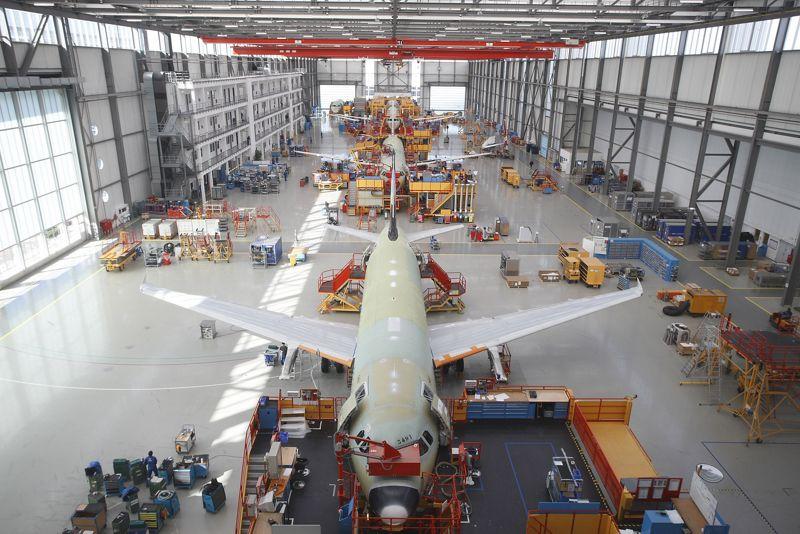
Credit: Airbus
Airbus CEO Guillaume Faury warned April 29 that there is a “lack of predictability” as to the expected recovery of the industry as trends have diverged in different regions, even though the company posted relatively good results for the first quarter (Q1). “Some regions are showing encouraging signs...
Subscription Required
This content requires a subscription to one of the Aviation Week Intelligence Network (AWIN) bundles.
Schedule a demo today to find out how you can access this content and similar content related to your area of the global aviation industry.
Already an AWIN subscriber? Login
Did you know? Aviation Week has won top honors multiple times in the Jesse H. Neal National Business Journalism Awards, the business-to-business media equivalent of the Pulitzer Prizes.

